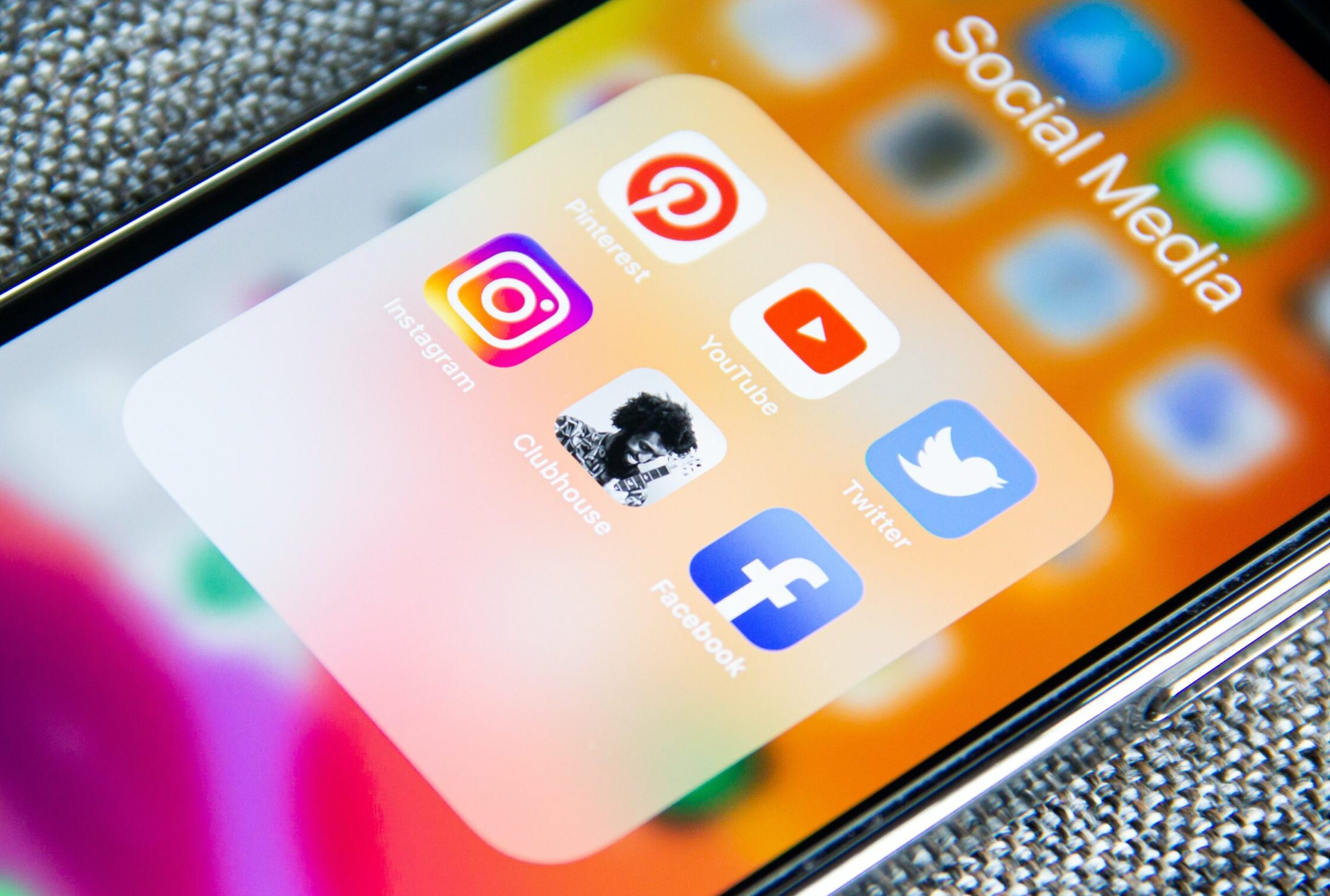From smartphones and laptops to smart homes and wearable devices, it seems like we are constantly surrounded by a sea of gadgets and gizmos. The impact of technology on society cannot be denied – it has transformed the way we communicate, work, learn, and even entertain ourselves.
But while many of us enjoy the benefits that come with this technological revolution, there is a significant portion of the population that still struggles to access these tools. This divide between those who have easy access to technology and those who do not is known as the “digital divide.” And in an increasingly connected world, bridging this gap becomes more crucial than ever.
In this blog post, we will dive into what exactly constitutes the digital divide and how it affects individuals’ access to technology. We will explore government initiatives and non-profit organizations working towards closing this gap, as well as examine the role corporations play in ensuring equal access for all. Additionally, we’ll shed light on some challenges faced by marginalized communities when it comes to accessing technology and discuss potential solutions for creating a more inclusive society.
So grab your favorite device (hopefully you have one!) because we’re about to navigate through the realm of technological accessibility together. Let’s bridge that digital divide!
The Digital Divide: What it is and How it Affects Access to Technology
In today’s increasingly connected society, access to technology has become a fundamental necessity. However, not everyone has the same level of access or opportunity when it comes to using and benefiting from technology. This disparity is known as the digital divide.
The digital divide refers to the gap between those who have access to modern technologies, such as computers and high-speed internet, and those who do not. This divide can be seen across different demographics, including income levels, geographical location, age groups, and educational backgrounds.
For individuals on the wrong side of this divide, limited or no access to technology can have significant implications. It affects their ability to participate fully in today’s digital world – accessing information online for education or job opportunities becomes a challenge. Furthermore, without adequate technological skills or resources at their disposal, these individuals may struggle with tasks that many take for granted: applying for jobs online or connecting with friends and family through social media.

As technology continues to evolve at an ever-increasing pace, it exacerbates the effects of the digital divide even further. Those without consistent access are left out of important conversations happening online – discussions about current events or advancements in various fields pass them by.
Unfortunately,” bridging this gap isn’t” as simple as providing equal hardware and connectivity options alone.” There are other barriers that come into play,” such as affordability” (especially in low-income communities) “and lack of digital literacy skills.” To truly address this issue,” it requires comprehensive efforts from government initiatives,” non-profit organizations” working on local levels”, corporate responsibility”, and community involvement”.
By understanding what contributes to the digital divide,” we can work together towards finding effective solutions”. Through collaboration” among all stakeholders,”, we can ensure that every individual regardless” of background has equal opportunities when it comes” accessing technology”. Only then will we be able” create a more inclusive society where everyone can thrive”.
Addressing the Digital Divide: Government Initiatives and Non-Profit Organizations
In an increasingly connected society, access to technology has become essential for individuals of all backgrounds. However, not everyone has equal opportunities when it comes to accessing the digital world. This is where government initiatives and non-profit organizations play a crucial role in addressing the digital divide.
Governments around the world have recognized the importance of bridging this gap and have implemented various initiatives to ensure widespread access to technology. They provide funding for infrastructure development, such as broadband internet in rural areas or low-income communities. Governments also offer subsidies and grants that enable marginalized individuals to obtain necessary devices like laptops or smartphones.

Non-profit organizations are also at the forefront of tackling this issue by providing resources and support to underserved communities. These organizations often collaborate with schools, community centers, and libraries to establish computer labs or mobile tech units that offer free internet access and training programs.
One notable example is “Digital Bridges,” a non-profit organization working towards closing the digital divide among disadvantaged youth. Through partnerships with local businesses and donations from corporations, they are able to provide refurbished computers, mentorship programs, and career guidance workshops.
Another initiative worth mentioning is “ConnectED”, launched by former President Barack Obama in 2013. The program aimed at connecting 99% of students in American classrooms to high-speed broadband within five years through public-private partnerships.
Addressing the digital divide requires collaboration between governments, non-profits, and corporations alike – each playing a unique role based on their expertise. By combining efforts, they can create comprehensive strategies that tackle both technological barriers as well as socio-economic factors contributing to inequality.
However successful these initiatives may be so far; challenges still remain in ensuring equal access for marginalized communities worldwide. Limited infrastructure development in remote areas makes it difficult for some individuals even if they possess devices capable of connecting them online effectively
Moreover language barriers can hinder accessibility; therefore multilingual support must be emphasized so that everyone can benefit from technological advancements regardless of language proficiency.
Another challenge is the affordability of internet services; even with government subsidies,
The Role of Corporations in Closing the Gap
Corporations play a crucial role in bridging the digital divide and ensuring equal access to technology. With their vast resources and expertise, they have the power to make a significant impact on closing the gap.
Corporations can contribute by investing in infrastructure development. By funding projects that bring internet connectivity to remote areas or underserved communities, they can expand access to technology for those who may not have had it before.
Corporations can collaborate with non-profit organizations and government initiatives. Through partnerships, they can combine their knowledge and resources to create innovative solutions that address specific barriers faced by marginalized communities.
Moreover, corporations can support educational programs focused on digital literacy. By offering training programs or sponsoring initiatives aimed at enhancing technological skills among disadvantaged individuals, they empower them to navigate the digital world more effectively.
Additionally, these companies have the ability to create affordable devices and services tailored for low-income populations. By making technology more accessible through lower price points or flexible payment options, they ensure that financial constraints do not hinder individuals from accessing essential tools.
Furthermore, corporations should prioritize diversity and inclusion within their workforce. This will lead to better understanding of different needs and perspectives when developing products or services for diverse user groups.
By actively engaging in efforts to bridge the digital divide ,corporations not only contribute towards creating a more equitable society but also tap into untapped markets and foster innovation through diverse participation . It is imperative for businesses today recognize this responsibility as an opportunity rather than just an obligation .
Challenges of Technological Accessibility for Marginalized Communities
Access to technology is a crucial component of participation in today’s interconnected world. However, marginalized communities face unique challenges when it comes to accessing and utilizing technology effectively.
One major challenge is the affordability of devices and internet access. Many individuals from marginalized communities may not have the financial means to purchase smartphones, laptops or pay for internet services. This lack of resources can further marginalize these communities, as they are unable to take advantage of opportunities provided by technology.
Another challenge is digital literacy. For individuals who have limited exposure to technology, navigating through digital platforms and understanding how to use them can be daunting. Without proper training and support, marginalized communities often struggle with basic technological skills that could greatly enhance their lives.
Furthermore, there is a lack of relevant content available in languages other than English. This poses a significant barrier for non-English speakers within marginalized communities who are seeking information or educational resources online.
There are issues related to connectivity and infrastructure in underserved areas where many marginalized communities reside. Limited access to reliable internet connections hampers their ability to fully engage with online resources and participate in digital spaces.
Addressing these challenges requires collaborative efforts from governments, non-profit organizations, corporations and community initiatives focused on providing affordable devices, training programs tailored towards specific needs within different communities, multilingual content creation strategies and improved infrastructure development.
By acknowledging these obstacles faced by marginalized groups regarding technological accessibility and actively working towards solutions that bridge the gap between them and the ever-evolving world of technology – we can create a society where everyone has equal opportunities for growth and success.
Solutions for Ensuring Equal Access to Technology for All Individuals
In today’s rapidly advancing digital landscape, access to technology has become more important than ever. From education and employment opportunities to healthcare and social connections, the ability to connect and engage online plays a crucial role in our lives. However, not everyone has equal access to these technologies, creating what is known as the digital divide.
To bridge this gap and ensure that all individuals have equal access to technology, several solutions are being implemented. One such solution is improving internet infrastructure in underserved areas. By expanding broadband networks into rural communities or low-income neighborhoods, more individuals can gain reliable internet access.
Another solution involves providing affordable devices for those who cannot afford them. This could be achieved through government subsidies or partnerships with technology companies that offer discounted devices for disadvantaged communities.
In addition to physical infrastructure and device accessibility, digital literacy programs are also essential in ensuring equal access to technology. These programs aim to educate individuals on how to effectively use various technologies and navigate the online world safely.
Furthermore, collaboration between governments, non-profit organizations, corporations, and community leaders is crucial in addressing the complexities of technological accessibility disparities. By working together and pooling resources, we can create comprehensive solutions tailored specifically for marginalized communities.
Lastly but importantly is promoting diversity within the tech industry itself. By encouraging underrepresented groups such as women and minorities to pursue careers in STEM fields (Science Technology Engineering Mathematics), we can foster innovation that addresses specific needs of different communities.
Closing the gap when it comes to accessing technology requires a multi-faceted approach that considers both physical infrastructure improvements as well as educational initiatives aimed at empowering individuals with digital skills necessary for success in today’s interconnected society.
The Importance of Bridging the Digital Divide for a More Connected Society

In today’s increasingly connected world, access to technology has become essential for individuals to fully participate in society. However, the digital divide continues to create disparities in technological accessibility, leaving many marginalized communities at a disadvantage.
Addressing this divide is not just a matter of fairness and equality; it is crucial for creating a more connected and inclusive society. When everyone has equal access to technology, we can unlock immense potential for innovation, education, and economic growth.
Government initiatives and non-profit organizations play an important role in bridging the digital divide by providing resources and support to underserved communities. Through programs that focus on improving internet infrastructure, providing affordable devices, and offering digital literacy training, these efforts are making significant strides towards closing the gap.
But it doesn’t stop there – corporations also have a responsibility to contribute to bridging the digital divide. By investing in initiatives that provide internet connectivity in remote areas, offering discounted or subsidized devices for low-income individuals, and supporting educational programs that promote digital literacy skills development among marginalized populations, corporations can make a meaningful impact on leveling the playing field.
However, challenges still exist when it comes to ensuring equal access to technology for all individuals. Affordability remains a major barrier; many people simply cannot afford high-speed internet connections or expensive devices.


